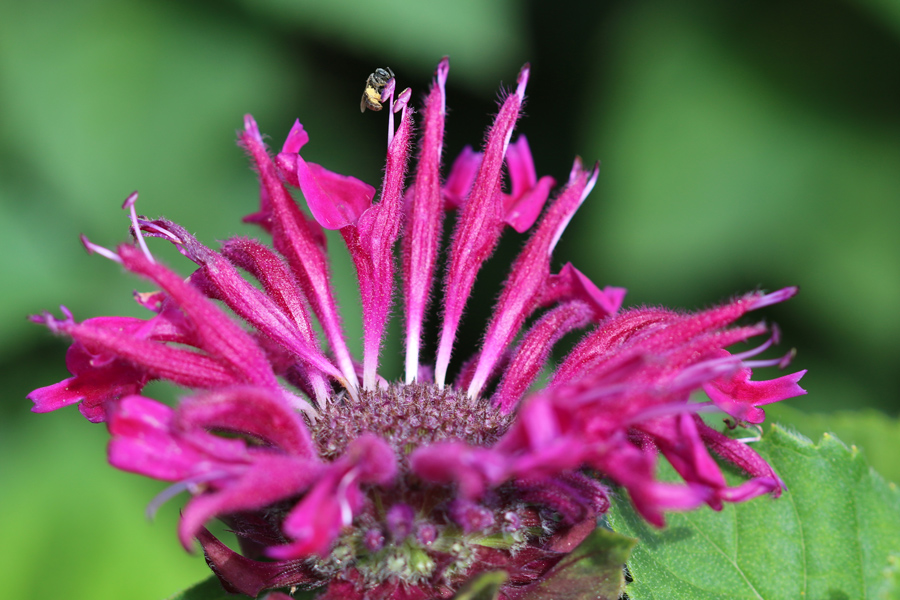Home
The University of Georgia Putnam County Cooperative Extension office extends lifelong learning to Georgia citizens through unbiased, research-based education. See more information about our services in
Agriculture, testing services, gardening, and the environment
4-H youth development programs
Food, health, finances, communities, and families
Upcoming Events
-
Jan 13 Do it for the Plot: Journaling and SMART Goals Turn ideas into action with a creative journaling and SMART-goal workshop. You’ll leave with a 90-day action plan — and a journal that feels like your new hype partner. Participants will take home mini journals and prompts. Snacks and mocktails included
- Decatur, GA - (61.0 Miles)
-
Jan 27 Good Vibes: Green Cleaning and Decluttering Learn simple eco-friendly swaps and quick decluttering rituals that clear your space and your mind. Your home should vibe how you do — clean, calm, and full of good energy. Participants will take home a custom room spray and all purpose cleaner. Snacks and mocktails included.
- Decatur, GA - (61.0 Miles)
-
Jan 29 January is National Radon Action Month! Join Rebecca Cantrell, UGA Radon Educator | College of Family & Consumer Sciences, January 29, 2026 @ 10 a.m. via Zoom. All participants will receive a free radon kit! Discussion and Topics will include: What is radon? How does it come into your home? How to test for radon? The health effects of radon. How to fix radon.
- Virtual Event





